Are you interested in exploring new options for heating or cooling your home?
High velocity HVAC systems provide a great way to get efficient cooling and heating on your property. These systems use relatively small flexible tubing to carry hot or cool air at a constant pressure.
A high-velocity system can lower your energy expenses and provide you with numerous other benefits.
Table of Contents
🌬️ High Velocity HVAC vs. Traditional HVAC Systems
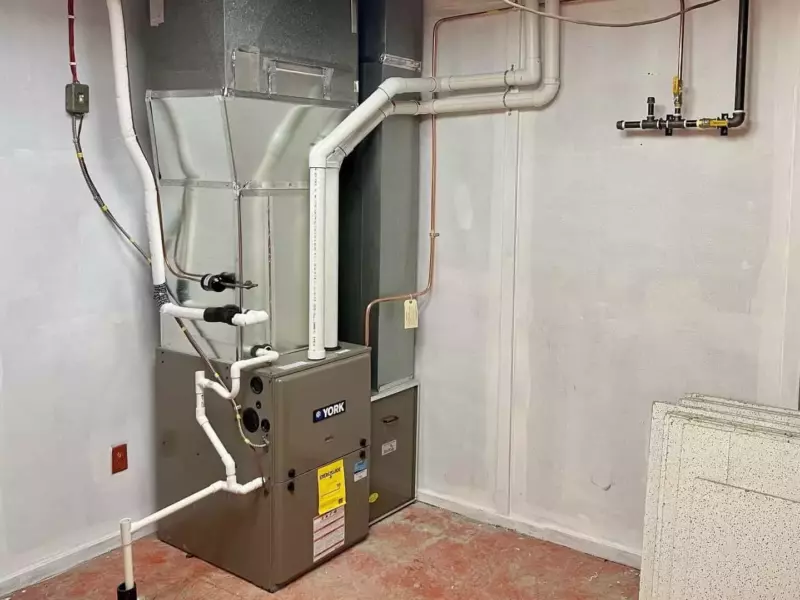
High-velocity air conditioning does not work like conventional systems.
Conventional forced-air systems require large vents that take up a lot of space. Many property owners have to tear out walls to install traditional HVAC systems. You can avoid much of this frustration with a high-velocity system.
A high-velocity HVAC system uses very thin tubing to deliver conditioned air through your property. Air currents come out of a small duct in different locations.
These mini ducts carry air under high pressure, which means the air reaches its destination quickly. Central AC units often use large vents that are scattered around your home.
High-velocity systems use small round outlets that get placed around a room to circulate air evenly, improving your level of comfort exponentially.
A high-velocity vent expels air quickly, more rapidly cooling or heating an area of your property.
🌬️ Increased Heating and Cooling Control

Many air conditioning systems use one control for the entirety of your home.
Sometimes, this leads to uneven heating or cooling.
A high-velocity HVAC system can use separate units for the control of temperature.
This feature lets you set the temperature for each area of your home to suit your comfort levels.
For example, maybe you want your bedroom to be cooler than the rest of the house at night.
An SDHV system may let you set the temperature just for your bedroom while allowing the rest of your house to stay warmer.
The level of control with this system allows you to keep your energy bills lower while staying comfortable.
Note that small-duct high velocity HVAC systems can use a heat pump in many cases.
Other systems use air conditioning and a furnace, just like a traditional HVAC system.
 🌬️ A High-Velocity System Uses Less Energy
🌬️ A High-Velocity System Uses Less Energy
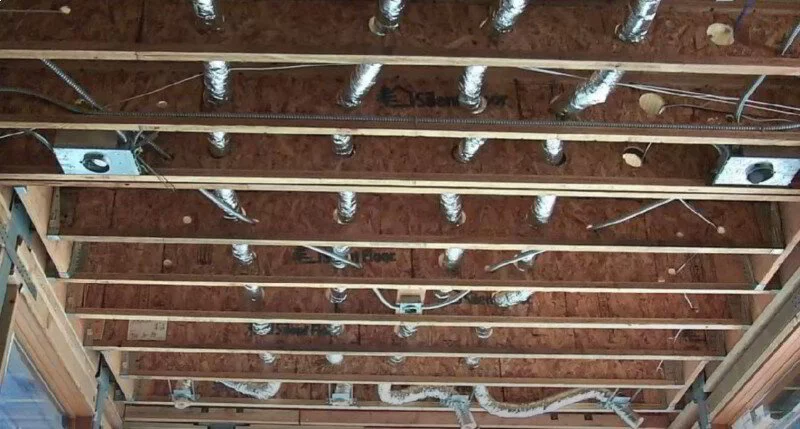
Traditional heating and cooling systems use a lot of energy.
Traditional units often use large vents that come with air leakage.
Sometimes, a traditional system loses up to 30% of the air it carries to cool or heat your home.
New systems offer better climate control and prevent energy loss.
A high-velocity system works at maximum efficiency.
Air circulates through small tubes and flexible ducts.
Generally, the tubes are only around five inches wide, which prevents thermal loss.
The air ends up pushed through small vents leading directly to the rooms that need heating or cooling.
Because small duct high-velocity units work so efficiently, they cool or heat your property fast.
The efficiency allows the SDHV system to kickoff relatively quickly, saving you money on energy costs, especially compared to window units.
Another air conditioning system may still cool and heat your home.
However, these units come with higher costs and often lead to a less comfortable environment than you would get from a high-velocity air conditioning unit.
🌬️ Other Benefits of an SDHV System
HV air conditioning comes with other benefits, as well.
These units often put less moisture into the air of your home, allowing you to better control humidity levels, especially during the heat of summer.
A high velocity HVAC system also uses small ducts that make a minimal amount of visual impact on your home.
Many HVAC units have big vents that serve as an eye sore and distract from your decorations and the beauty of your home.
🌬️ Easy Installation for High-Velocity Air Conditioning
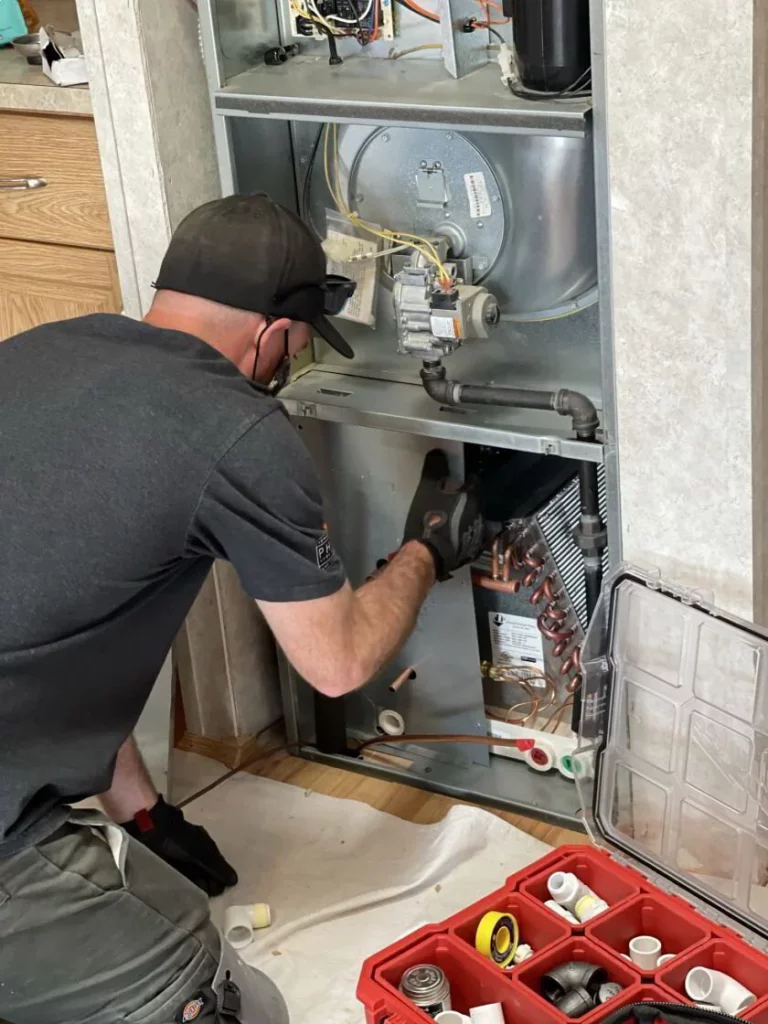
A high velocity heating and cooling system can help you keep your property comfortable year-round.
You can install a high-velocity air handler in new construction or upgrade a home that currently uses traditional ductwork.
Make sure that you work with a qualified HVAC contractor if you are interested in high-velocity air conditioning.
These units are often easy to install because of the small size of the duct.
In many cases, you can get through the installation without major work on your home, like tearing into walls or flooring.
Because the tubing is around five inches wide, the small amount of surface area on the ducts allows technicians to place them without compromising the architectural integrity of your property.
Crews can place ducts around rafters or alongside studs without needing to tear out a wall.
🌬️ Installation for Systems
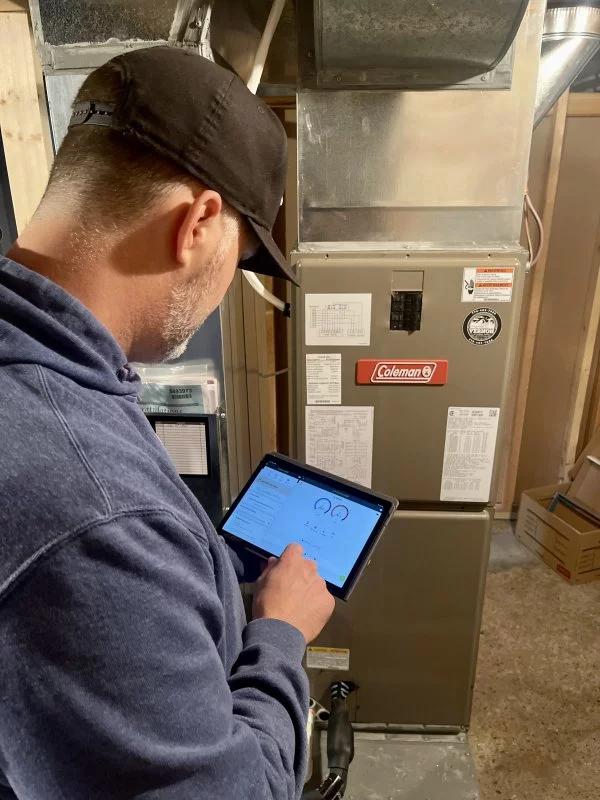
Ease of placement helps keep installation costs low for these systems.
Crews often have to perform major remodeling to install traditional HVAC systems.
Additionally, traditional systems often come with poorly connected ducts, even after a long and difficult installation.
These ducts can cause you to lose air, resulting in higher energy bills. The exact cost varies based on the following:
- Size of your property
- Age of your home
- Presence of traditional HVAC systems
Crews may need to remove old air conditioning systems while placing your high-velocity air units.
When you reach out to us for assistance, we’ll discuss the steps to switch from central air to a high-velocity system.
🌬️ Possible Drawbacks of High Velocity Systems
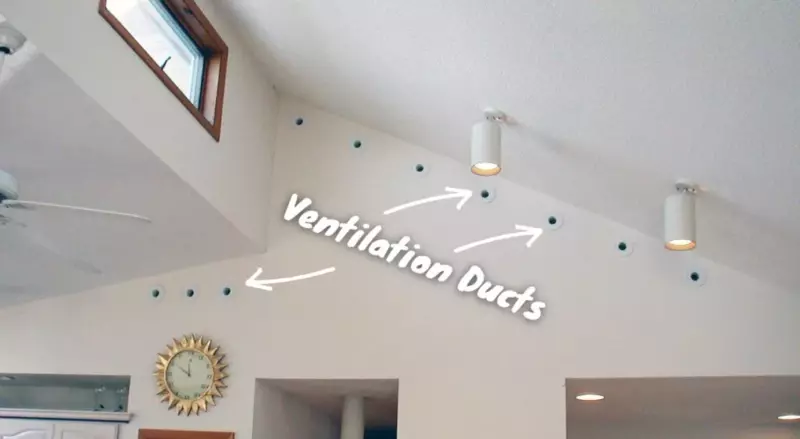
We believe it’s important for you to understand all the facts about a high velocity air handler, including any potential drawbacks to this kind of system.
Even though these units are relatively easy to install, it’s often tricky to get an accurate estimate for installation costs before the project starts.
Crews do not have to tear down any walls during installation, which means you face less mess and a shorter installation period.
However, it also means that crews can’t see what they’re working with right away.
During installation, they may discover a blockage or wires in unexpected places.
Highly trained crews know how to work around these difficulties to complete the installation quickly, getting your system up and running to provide you with the temperature control you want for your home or business.
🌬️ Noise From a Small Duct System

Another possible drawback concerns the level of noise generated by an SDHV system.
Some of these systems are louder than HVAC units due to the amount of force they use to push air out into your rooms.
Fortunately, you can find units that come with muffling technology which lowers overall noise levels.
You may also speak to technicians about the placement of the vents.
Placing the vents in an out-of-the-way area or high up on a wall can keep the noise further away so it does not distract or bother you.
🌬️ Contact Us for Installation Questions

We are ready to help you with any questions about high-velocity HVAC systems.
Our crews at Phyxter handle all of your heating and cooling needs, including the installation of these units.
If you live in North or Central Okanagan, start getting information about updating your current system or installing a system in a new home by contacting us.
You can check out our services here for Vernon or Kelowna. You can also schedule an appointment online right now.
Want to learn more about your home’s HVAC system? Check out our other HVAC articles.

